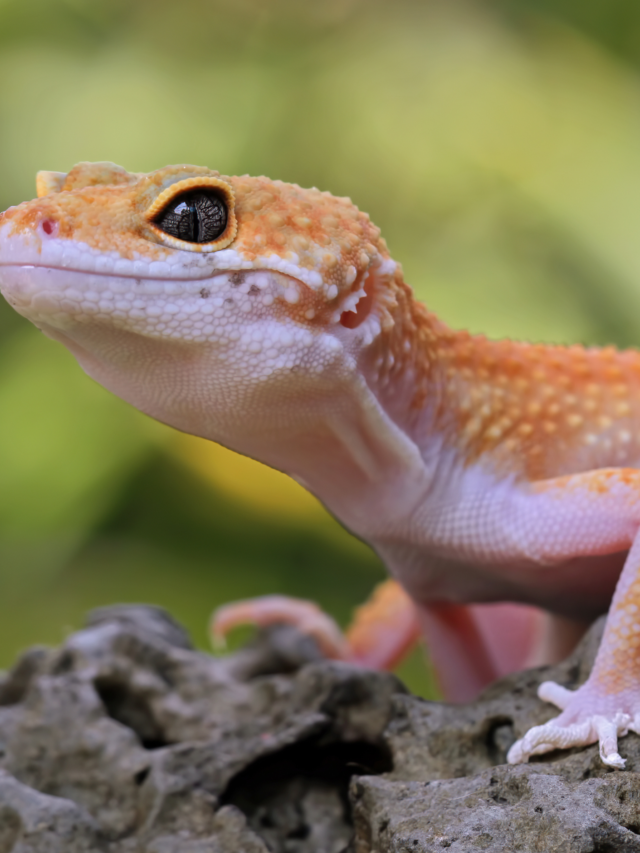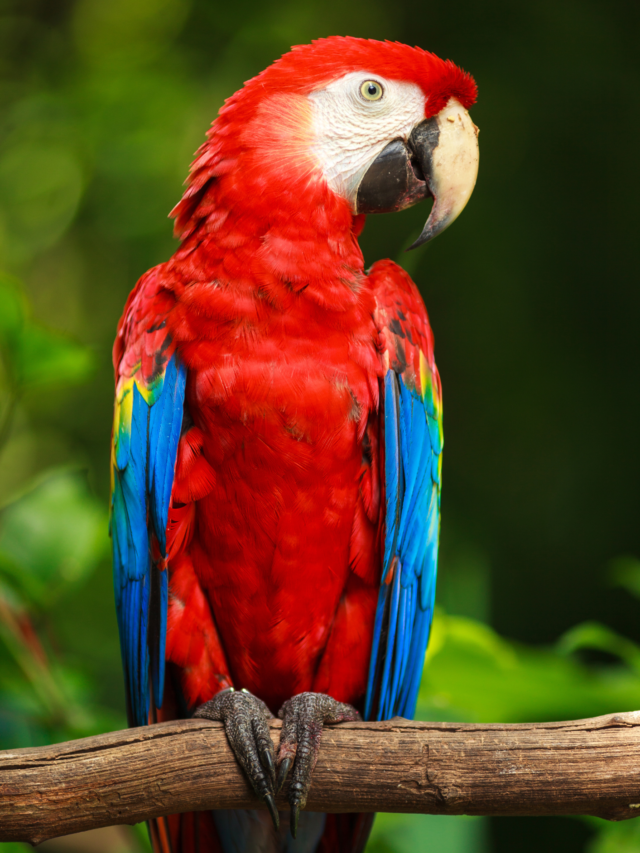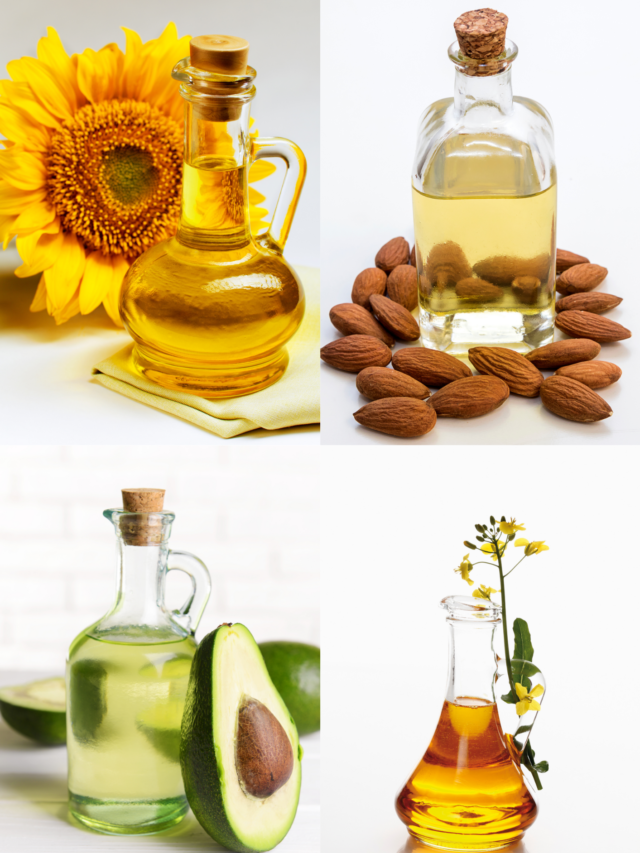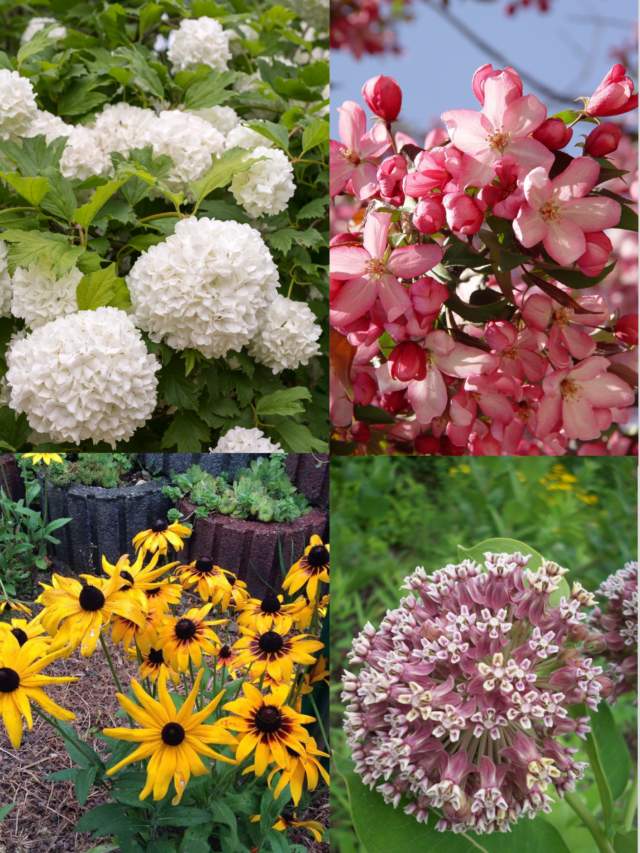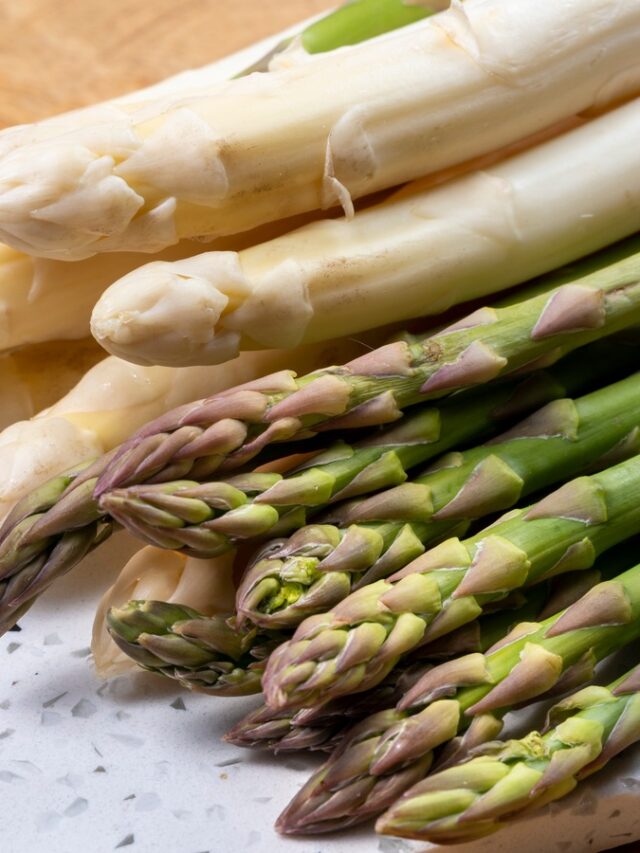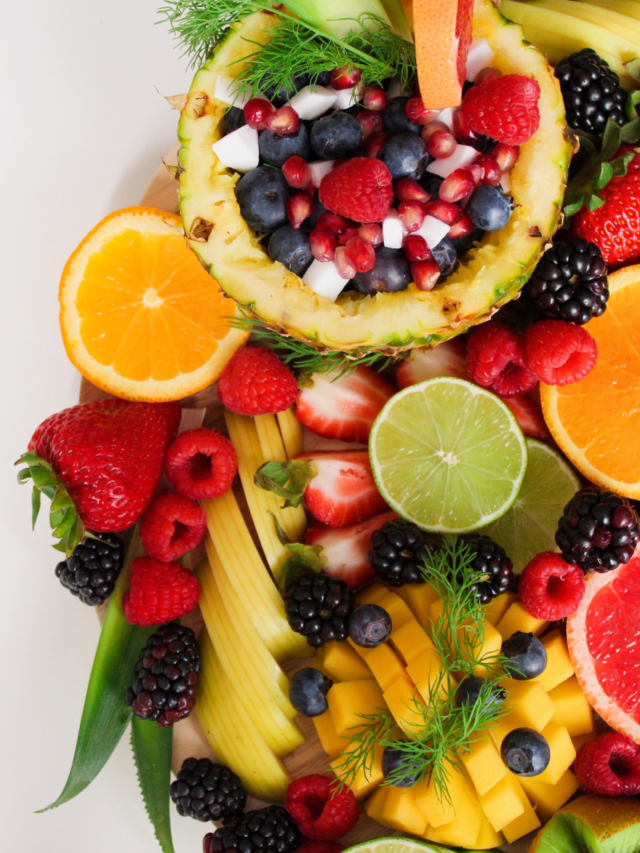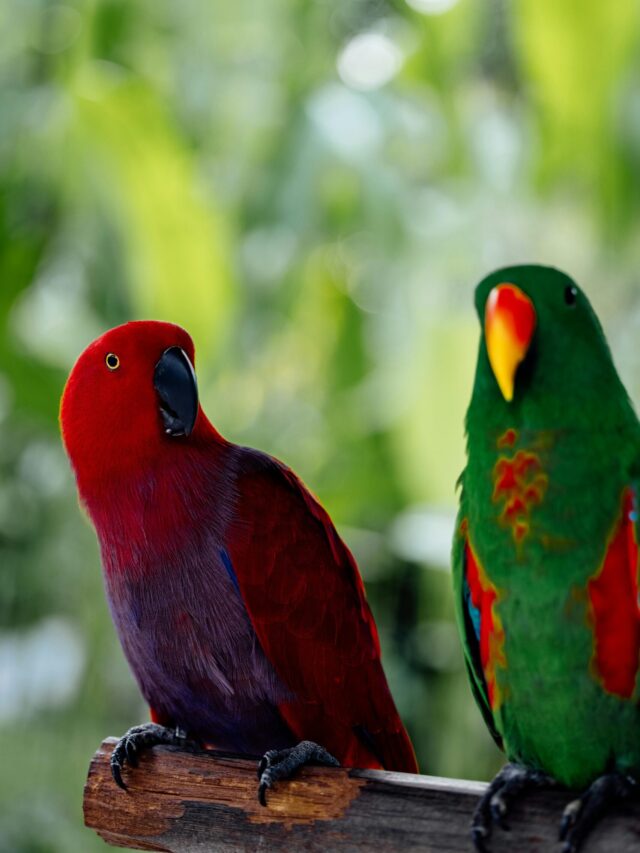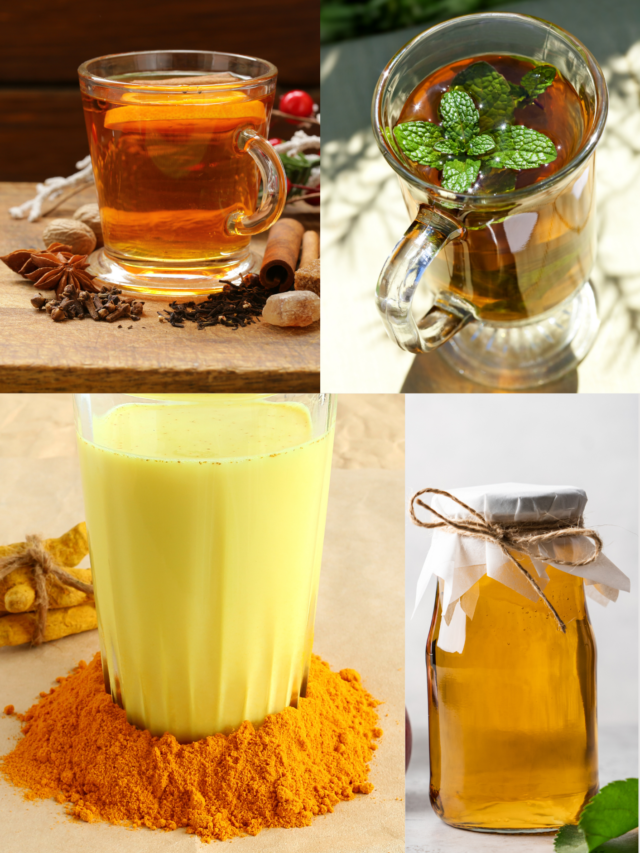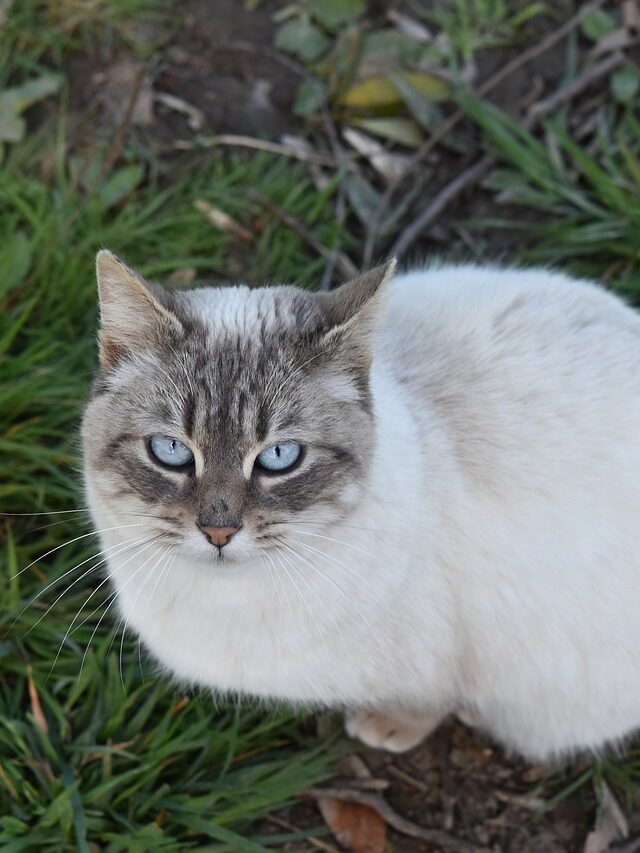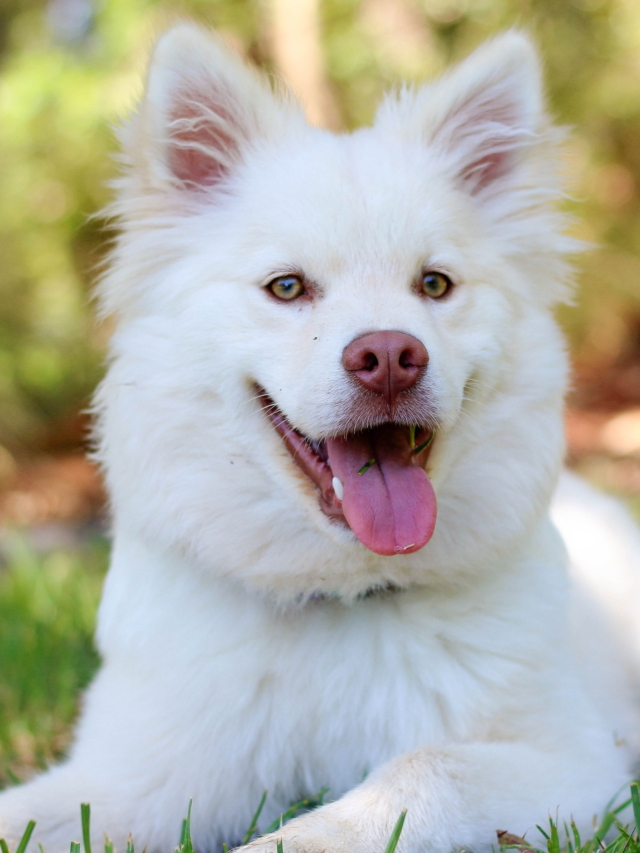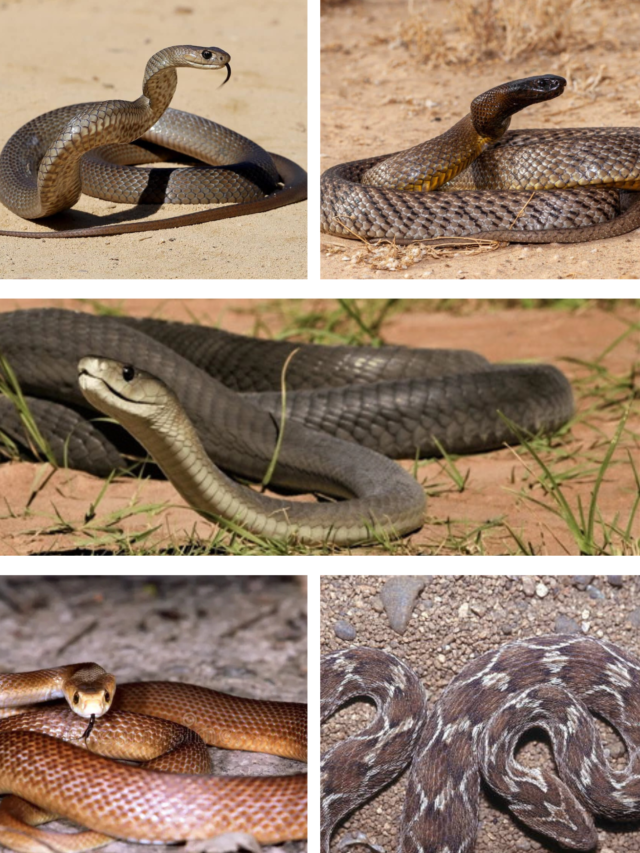Transforming your garden into a vibrant haven for birds is a rewarding experience, bringing life, color, and beautiful birdsong to your doorstep. By choosing the right plants, you can provide food, shelter, and nesting sites, attracting a variety of avian visitors. This article explores 10 plants that attract birds, helping you create a thriving ecosystem in your own backyard.
Why Plant for Birds?
Attracting birds to your garden offers numerous benefits:
- Natural Pest Control: Birds are voracious insect eaters, helping to keep your garden free of pests.
- Pollination: Some bird species contribute to the pollination of plants.
- Seed Dispersal: Birds play a vital role in seed dispersal, aiding in plant propagation.
- Enjoyment and Education: Observing birds in their natural habitat provides endless entertainment and learning opportunities.
10 Plants That Attract Birds:
Here are 10 plants known for their ability to attract a variety of bird species:
- Sunflowers (Helianthus): These cheerful giants produce large seed heads that are a feast for finches, sparrows, and other seed-eating birds.
- Benefits: Easy to grow, provide ample food.
- Coneflowers (Echinacea): Their spiky seed heads offer a long-lasting food source throughout fall and winter. Goldfinches, in particular, are drawn to them.
- Benefits: Drought-tolerant, attract butterflies as well.
- Berry Bushes (e.g., Holly, Juniper, Serviceberry): Berries provide essential food, especially during colder months. Different varieties attract different birds.
- Benefits: Offer shelter and nesting sites, add winter interest.
- Dogwood (Cornus): Dogwood trees produce berries that are a favorite of many songbirds, including robins, bluebirds, and cardinals.
- Benefits: Beautiful flowers in spring, attractive foliage.
- Elderberry (Sambucus): These shrubs produce clusters of dark berries that are rich in nutrients and attract a wide range of birds, including catbirds, grosbeaks, and tanagers.
- Benefits: Fast-growing, adaptable to various conditions.
- Viburnum: This diverse group of shrubs offers berries and dense foliage for cover. Different species bloom and fruit at different times, providing a continuous food source.
- Benefits: Attractive flowers, many native species available.
- Crabapple (Malus): These ornamental trees produce small, colorful fruits that persist into winter, providing food when other sources are scarce.
- Benefits: Beautiful spring blossoms, attract pollinators.
- Black-Eyed Susan (Rudbeckia): These cheerful yellow flowers produce seeds that are enjoyed by finches and other small birds.
- Benefits: Easy to grow, long blooming season.
- Milkweed (Asclepias): While primarily known for attracting monarch butterflies, milkweed seed pods also provide food for some bird species.
- Benefits: Supports monarch populations, unique seed pods.
- Grasses (e.g., Switchgrass, Little Bluestem): Ornamental grasses provide seeds and shelter for ground-feeding birds like sparrows and juncos.
- Benefits: Add texture and movement to the garden, drought-tolerant.
Tips for Creating a Bird-Friendly Garden:
- Provide Water: A birdbath or shallow dish of water is essential for drinking and bathing.
- Offer Shelter: Include a variety of plants with different heights and densities to provide cover from predators and harsh weather.
- Avoid Pesticides: Pesticides can harm birds directly or contaminate their food sources.
- Plant in Layers: Create a multi-layered landscape with trees, shrubs, and groundcovers to mimic natural habitats.
- Be Patient: It may take time for birds to discover your garden.
Conclusion:
By planting these 10 plants that attract birds and following the tips for creating a bird-friendly environment, you can transform your garden into a thriving ecosystem that supports biodiversity and brings the joy of birdwatching right to your backyard. Enjoy the beauty and activity that these feathered visitors bring!








